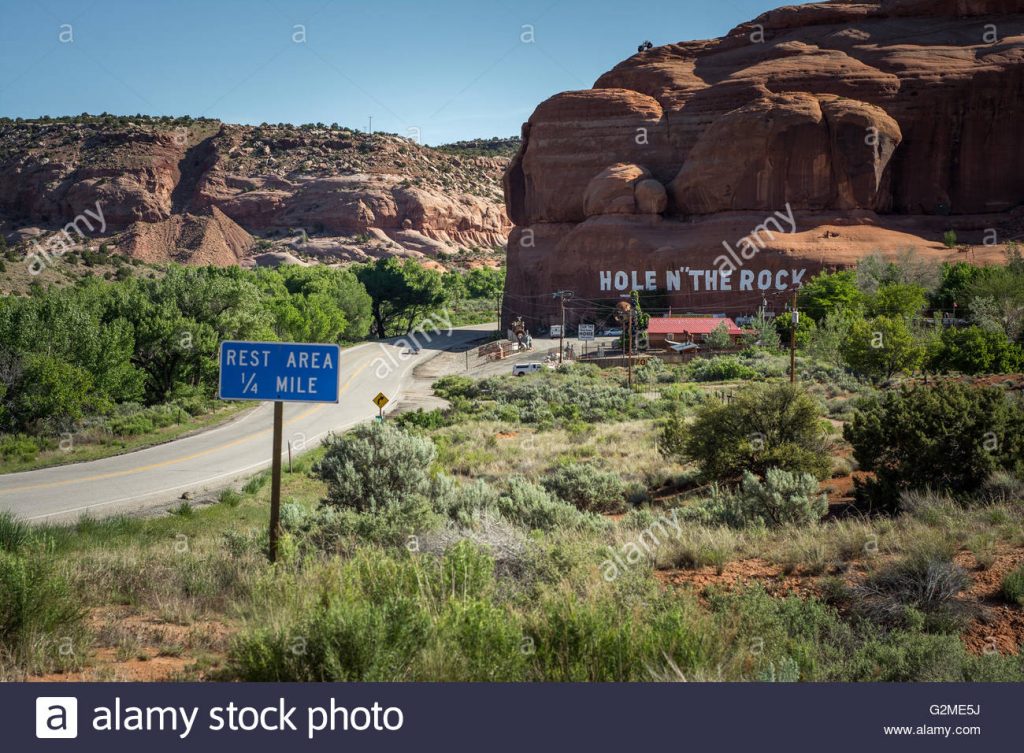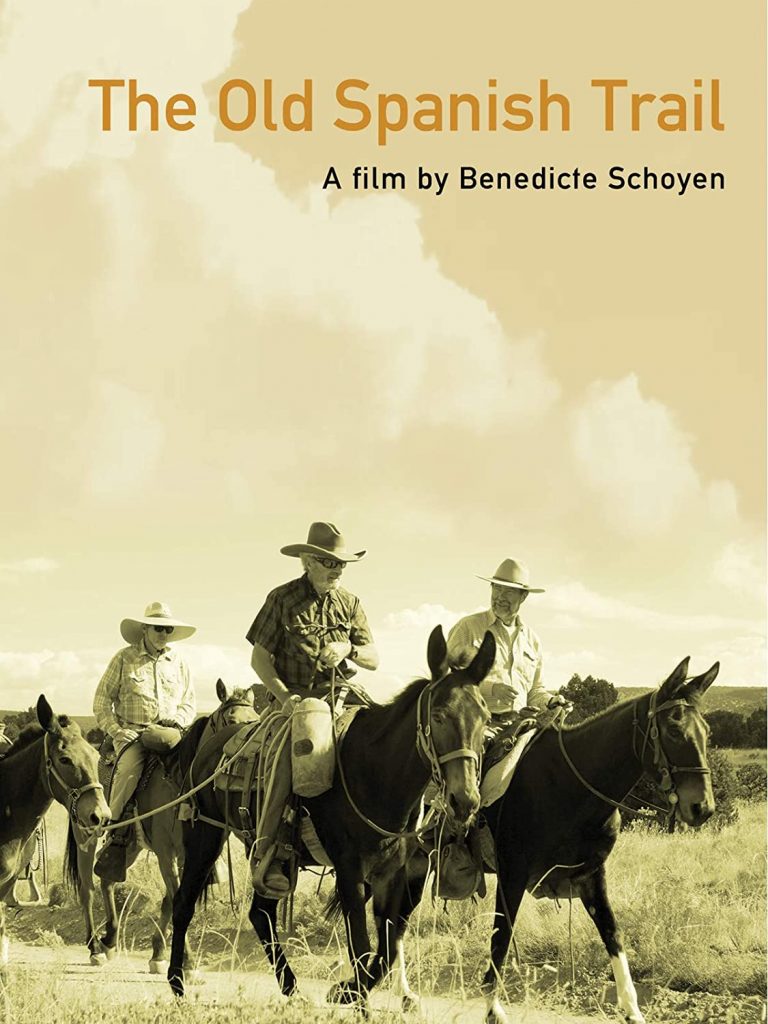Before I dove into my passion for the outdoors, I fell in love with history.
Not the dry reciting of dates and facts, but how the people and events created a story and how it fits into a grand narrative. I’m a storyteller at heart, and there’s no bigger story than the story of the world throughout the ages.
It is no coincidence that my love of the outdoors often overlaps with history (cultural geography, really) as Joan and I roam through the lands where people lived 700+ yrs ago. Our new volunteer role fits into this paradigm as well.
Old travel paths tend to follow the same geography over the generations and the places we travel by car or foot. And tend to follow trails set by ancestral people, Euro-American trailblazers, traders, pioneers, and then us.

A potsherd along an abandoned FS road next to the Camino Real. From my 500+ mile loop in New Mexico.
We live in Moab in one such area; you only have to cross the Colorado (Grand) River over a bridge and see the logical place where people crossed previously.

On a foot bridge ove the Colorado River.
.And see their images as well.

Not far from the pedestrian bridge where I took the above photo.
And the place where we live? It has the name “Spanish Valley.”
And the Old Spanish Trail more or less came through the living room where I type many of these articles.

Map of the Spanish Trail in Moab. As with the Oregon Trail, it is more of a corridor than a designated path. Thru-hiking purists, please take note! 😉
What is the Old Spanish Trail? The Spanish Trail is a
…historical trade route that connected the northern New Mexico settlements of (or near) Santa Fe, New Mexico with those of Los Angeles, California and southern California. Approximately 700 mi (1,100 km) long, the trail ran through areas of high mountains, arid deserts, and deep canyons. It is considered one of the most arduous of all trade routes ever established in the United States. Explored, in part, by Spanish explorers as early as the late 16th century, the trail was extensively used by traders with pack trains from about 1830 until the mid-1850s.”
The Old Spanish Trail Organization helps maintain, promote, and preserve this piece of Western US history.

And it is a place I’ve traveled by or through on my longer walks:

Burro Lane in Santa Fe. Short, stocky, can schlep gear for many miles, and very stubborn. No comment.
Or when getting the mail. 🙂
Joan and I visited the Fish Lake Cutoff portion a few weeks ago and saw the old path both there and taking the scenic way home.

And then we bumped into Richard while in the San Juans and spent about an hour talking to this interesting person. He’s a board member for the Old Spanish Trail Organization, avid horse packer, wrote a guidebook for the Old Spanish Trail, and rode it back in 2014 and 2015.
This bit of background brings me to the Old Spanish Trail film by Benedicte Schoyen available from Amazon.
Only available only on DVD at this time, the documentary covers Richard Waller along with fellow riders Jim Clar and Otis Cale, as they rode the trail as a series of day rides over the length of two years in 2015 and 2015. As close as they could, they rode the historical route from the old Spanish Square in Los Angeles to Santa Fe. (Yes, LA indeed has an old Spanish square!)

I did not get a parade!
Joan and I thoroughly enjoyed the documentary as it covered history, the people along the current corridor and showed some of the places still part of our Western narrative. The documentary is not your typical #EpicJourneyOfSelf, but rather a story of something three people did with the help of others. And saw some interesting sites along the way.
We enjoyed the cinematography and a story simply told without the thru-hiking histrionics.
Richard and the company’s challenges were that much of the trail is in built-up areas and often under the pavement. They needed permission for sites currently on private property. In both cases, the alternate routes often became plotted.

A well-known tourist trap outside of town. If you look on a topo, the rest stop itself is near a spring.
Of course, development threatens much of the route of the historical trail as the American West continues to develop, especially with luxury accommodations.
On a lighter note, Joan chuckled a little too knowingly at the frustration of a local USFS worker in Fish Lake at the NPS not “officially” recognizing the Fish Lake cutoff!
If you have an interest in history, the outdoors, and how people connected the lands through the years, I suggest giving The Old Spanish Trail a watch. About $17 with S&H, or perhaps your local library can get it through an Interlibrary Loan. Well worth an hour of your time.
More info about the Old Spanish Trail:
- The NPS site makes a good first place to start. Includes a map of the route (more or less).
- The Old Spanish Trail Org protects, promotes, and recods much of the history along this route.
- Richard Weller did quite a few other interesting journeys, too.
- And the documentary website itself is worth looking over
Disclosure: We purchased this DVD with our funds.





PMags – thanks for this article! I hike and ride on the PCT and it’s always fun to learn of these historical long trails. Also, as somebody who has hiked the southern portion of the PCT, it’s interesting to see the intersection of the PCT and the Old Spanish Trail. Thank you for introducing us all to this trail and the organization that supports its use and maintenance.
My morning bike ride went along the OST this morning. 🙂